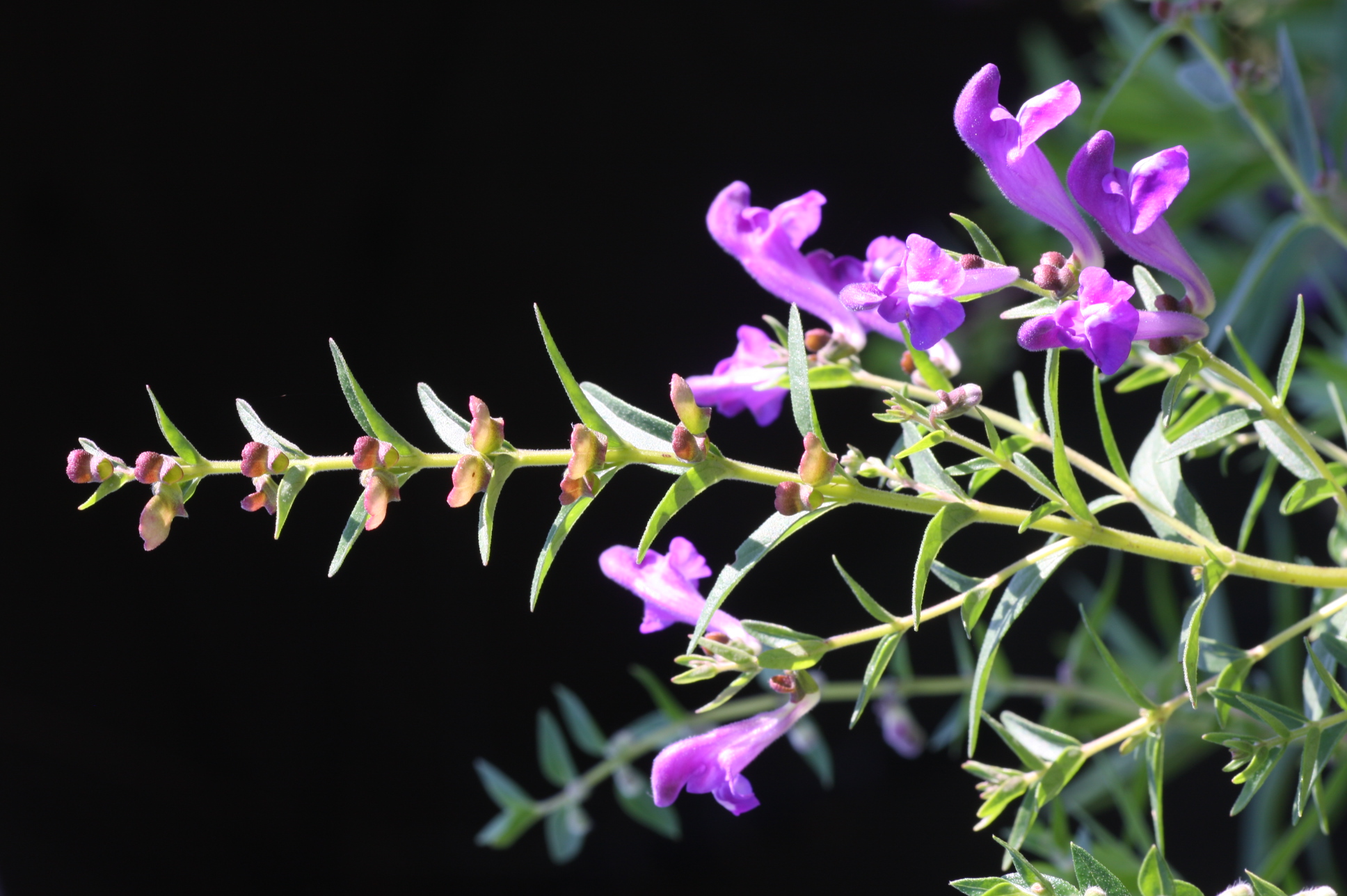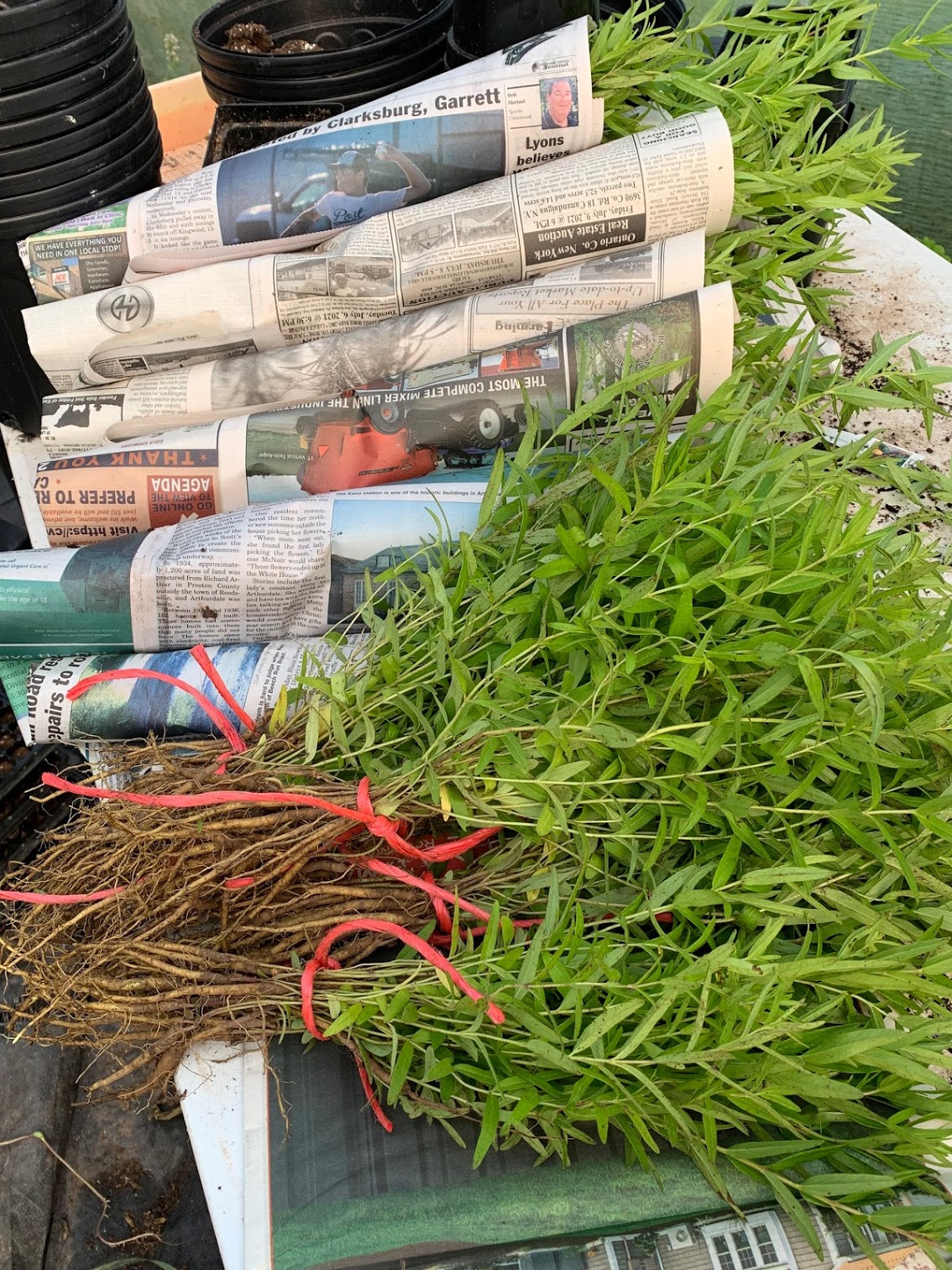Humans have used plants for medicine for all recorded history (and most certainly earlier), harvesting botanicals from their bio-region or perhaps trading with neighboring peoples. Over time, the trade of medicinal plants stretched around the globe—a bustling exchange of herbs and spices traveled along the Silk Road between the regions we now know as the Arabian Peninsula and China (via India and Tibet), and tons of wild American ginseng were being shipped to China as early as the late 18th century.
Until very recently, most Chinese medicinal plants came from the wild, though some species, including Angelica sinenses (aka dang gui, 當歸) were being cultivated as early as the Song dynasty (960-1279). However, due to a growing awareness of ecological decline caused by overharvesting, this trend is changing, and at Five Flavors Herbs, we are dedicated to evolving our sourcing practices accordingly.
Our respected colleague and friend, Thomas Avery Garran, PhD, is a leader in the ascending field of Chinese herb cultivation. Dr. Garran translated and annotated "Chinese Herb Cultivation: Daodi Practices for Growing & Processing Chinese Herbs," a seminal text for growing high-quality East Asian medicinals. Drawing upon his experience earned through over a decade of researching and practicing cultivating in China, he has been working with growers and university extension programs over the last several years to bring US-grown Chinese herbs into Western markets. Five Flavors Herbs is honored to help support this crucial work, and Thomas has kindly allowed us to share some of his experiences in this emerging sphere with our readers in this post. ~Introduction by Benjamin Zappin, LAc
Growing Chinese Herbs in the United States, by Dr. Thomas Avery Garran
Over the past 20 to 25 years, there has been an increasing interest in growing Chinese herbs outside of China, including in the United States. Several factors have spurred this trend, including concerns about ecological degradation, grower health and safety, continued access, and resource consumption (especially from shipping). While there have been some successes within the movement, bringing commercial volumes of high-quality herbs to the market has yet to be achieved.
As co-founder and director of Herb Whisperer farm and botanical products, I’ve been working on the problem of cultivating sustainable TCM medicinals for over a decade. I’m not going to say it’s been easy—it hasn’t. We have experienced multiple setbacks from many sources, but we have continued moving forward. However, through intensive study, persistent trial-and-error, and the development of invaluable relationships with university extension programs, we have begun to see some real progress over the past few years, and we look forward to building upon these hard-won foundations for even greater success in the near future.
KEY CHALLENGES OF GROWING TCM HERBS ABROAD
Before even starting our project, there were a number of important issues to cultivating Chinese herbs outside their native environment that we needed to consider. How would we source high-quality seed? Can we find an appropriately similar ecological environment (soil, temperature, rainfall, etc.)? How could we learn or bring in the agricultural skills necessary to grow, harvest, and process each specific herb? All of these issues needed to be addressed pre-project if we were to have a chance of succeeding.
While good germplasm (seed) is critical, the challenges associated with the other above-mentioned aspects were actually far greater. These environmental and human factors are directly related to the concept of daodi (道地), the understanding of which is critical for growing and producing high-quality Chinese herbs, regardless of location. A proper understanding and application of daodi is the key to cultivating effective TCM medicinals.
DOADI & CHINESE MEDICINE CULTIVATION
The aspects of herb cultivation in China that relate to ecological environment, agricultural skills, harvesting, and basic processing methods all fall under the rubric of daodi. Daodi doesn’t translate very well into English, but it is sometimes rendered as “geo-authentic.” However, while most people relate daodi simply to the location where the plant was grown (and this is very important), these other aspects are critical for the formation of true daodi as it is interpreted in Chinese medicine. My PhD advisor, Huang Luqi (黃璐琦), president of the China Academy of Chinese Medical Sciences and author of "Daodi Medicinal Herbs: History and Literature Research" (道地藥材:歷史與文獻研究), defines daodi herbs as “the confluence of environmental factors, genotype (of the plant), and human influence.”
Daodi is a concept with a rich history relating to medicinal herbal quality. First mentioned in a formula text in the Song dynasty (about 1000 years ago), it became more commonly used during the Ming and Qing dynasties (1368-1911). Today, daodi has become a hot topic of research.
ADAPTING TRADITIONAL DAODI FOR TCM HERB CULTIVATION OUTSIDE CHINA
In order to produce top quality Chinese herbs in the US (or anywhere outside of China), we must pay close attention to the following:
- Seed: Wild medicinals exhibit wide variation, so accurate identification is essential. When choosing seed germplasm, be sure to select for the proper genotype by purchasing from a trusted and knowledgeable source.
- Environment: Under what conditions is the plant found growing naturally or with human aid in China? These factors include soil type, elevation, annual rainfall, annual temperature ranges, annual sunlight, humidity, and more.
- Growing & Harvesting Practices: A detailed understanding of appropriate timing and methods for each stage of herb cultivation and harvesting will help ensure that your plants are grown to and collected at their peak potency.
- Processing: Post-harvest, different medicinals will require specific cleaning and preservation methods to remain potent and contaminant-free for as long as possible.
Therefore, the first goal is to get proper seeds. Then, we must carefully select appropriate locations where the environmental factors mimic, as closely as possible, the environmental factors of the original daodi location. We must understand and execute proper agricultural techniques, such as when to plant, when to harvest, and other traditional practices. Finally, and very importantly, we must be knowledgeable of the post-harvest processing methods used in China in order to produce a final product that, again, mimics the traditionally produced herb as closely as possible.
PROS & CONS OF TCM CULTIVATION ABROAD
If all this seems daunting, it is. With little historical demand for it until recently, reliable Chinese herb seed stock may be difficult to come by in the US or elsewhere outside East Asia. It may be difficult to assess whether a potential planting site has all the essential factors to approximate a traditional Chinese growing environment. Potential unknown pathogens or insect pests could have a deleterious effect on a crop with no evolved defenses to such threats. Few US agricultural workers have experience tending to or harvesting Chinese medicinals, and appropriate processing facilities may not exist in many locations.
However, there are also advantages. China has major problems with “tired” or “exhausted” soil, a result of over-cultivation in which soil organic matter, including microorganisms, is vastly depleted and supplemental inputs become more and more necessary in order to grow plants. Although there are many places in the United States with similar soil issues, these are mostly concentrated in areas with massive monocrop agricultural systems (think corn in Iowa). Many areas remain where excellent soil can be found and few inputs are needed. Furthermore, at this time, the ecological and regenerative agriculture movements are far more advanced in the US than they are in China.
OUR PROGRESS WITH CHINESE HERB GROWING
At the time of this writing, we have about 10 farms in various stages of TCM herb cultivation and six species we hope to bring to market over the next several years. Unfortunately, the pandemic has limited our ability to source proper germplasm for more species to supply the ever-increasing number of farmers interested in working with us.
We have also created partnerships with two university extension programs. This has been a critical piece of the puzzle, because these programs have their finger on the pulse of farmer’s needs in their bioregion, and farmers trust them. Furthermore, my research background in this area allows me to work closely with these researchers to identify the best potential farms for growing any particular herb.
The first species we hope to bring to market this year are Isatis tinctoria (banlangen and daqingye, 板藍根與大青葉—the daqingye harvest started on the 17th of July—), Salvia miltiorrhza (danshen – 丹參), and Achryanthes bidentata (huai niuxi – 坏牛膝). The future continues to look bright, and we hope that our current trajectory holds fast, allowing us to serve the US market with domestically grown, high-quality Chinese herbs.
We are thrilled to be working with Five Flavors Herbs on this project, and we look forward to making more high-quality, domestically produced Chinese herbs available to them, so that they can help lead the way in offering responsibly sourced and effective TCM remedies to sustainably-minded US consumers.
MORE NEW PLANT RESEARCH FROM DR. GARRAN:
PEDICULARIS INSIGHTS FROM CHINESE MEDICINE
You might also enjoy:
- Supporting Heart Health with Chinese Medicine
- Jade Windscreen Recipes for Respiratory & Immune Support
- The Five Flavors in Traditional Chinese Medicine
Written by Thomas Avery Garran, PhD: Thomas is an herbalist, author, translator, and scholar who has been studying plant medicine for over 30 years. He holds a master's degree in Oriental Medicine from Pacific College of Oriental Medicine and a PhD in Chinese Materia Medica Studies from the China Academy of Chinese Medical Sciences in Beijing, China where he currently lives with his wonderful wife and their cute dog. Thomas is an advisor to and has written for the American Herbal Pharmacopoeia and is the Founder and Editor of Passiflora Press.



